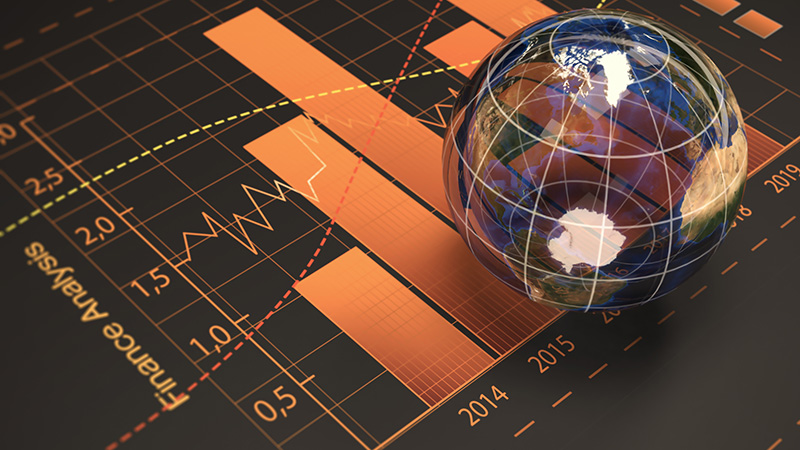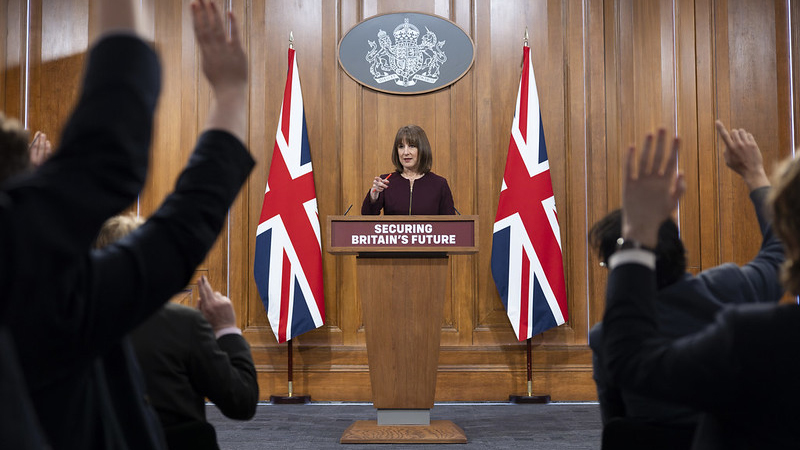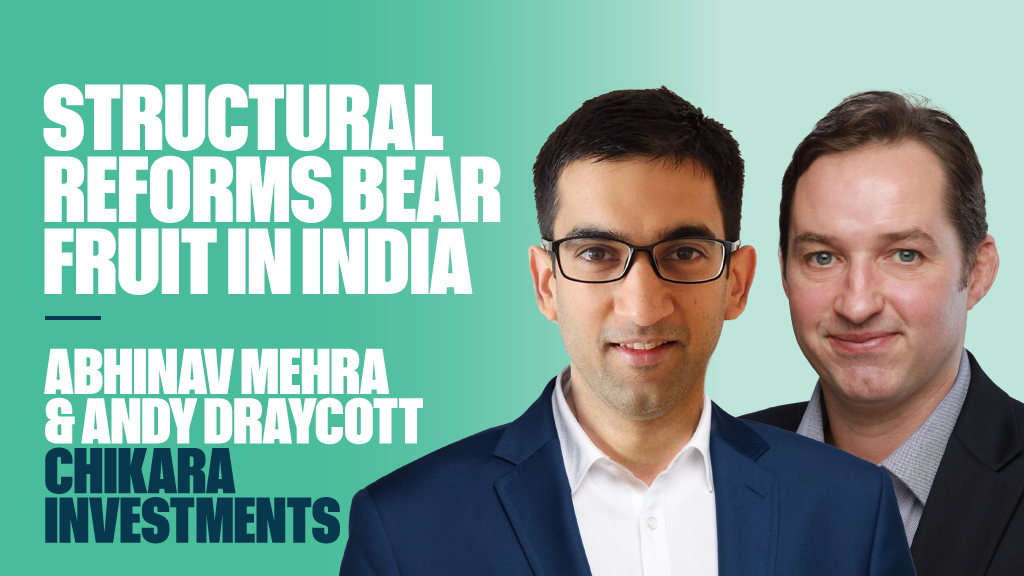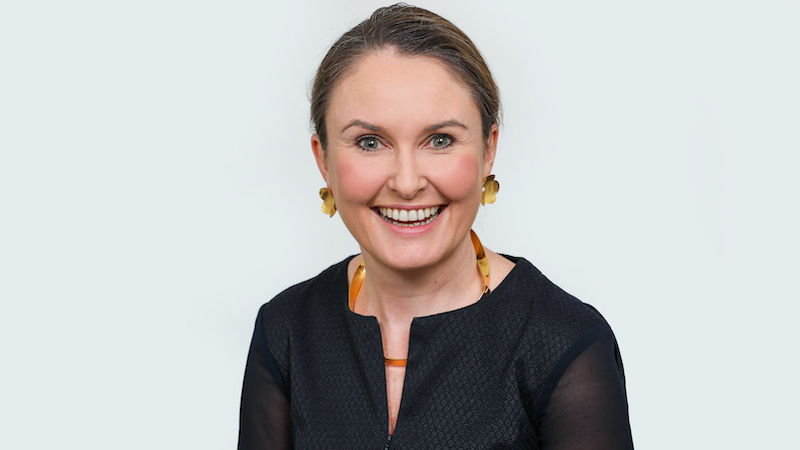Ninety One Global Environment fund manager Deirdre Cooper reckons the coronavirus will be a headwind for the transition to a low-carbon economy in the short term, but says there are three reasons why the trend may accelerate as the world emerges from the crisis. Cooper told Portfolio Adviser about how the fund has navigated the Covid-19 outbreak so far and how she is finding the experience of managing money during a lockdown.
- What has been your biggest contributor to performance since the coronavirus hit markets? What has been your biggest detractor?
The Ninety One Global Environment portfolio has performed pretty much as we would have expected, finishing the quarter around 1% ahead of the MSCI ACWI. We tend to have a fairly constant allocation to defensive regulated utilities, which allows us to run a highly concentrated portfolio with approximately the same volatility as the market and a beta of around 1. Our utilities have done their job in Q1 2020: our best performer was a US utility called Nextera Energy, our largest position, which is the biggest owner of renewable energy in the world. Nextera has also done very well from a social-impact perspective through the crisis, giving its customers a one-off 23% reduction in bills in May to help them get through this very difficult economic situation. Our worst performer was another of our largest positions, a company called Aptiv, which is a world leader in high-voltage electrification for electric vehicles and active safety. We believe Aptiv is the best structural growth story in autos, but its business is clearly negatively impacted when car factories around the world are shut. We conducted detailed credit analysis to ensure Aptiv can survive our worst downside scenarios and added to the position in March.
- How does this compare to other market sell-offs you have managed money through?
This is a unique crisis, in some ways more akin to a war than the 2008 global financial crisis, in that the main driver of the recovery isn’t economic. In this case, its epidemiological. We generally don’t change our risk budget in order to time the market, and think timing is even more difficult in this situation. Having said that, it clearly helps to have owned many of the same companies through the 2008 financial crisis and to be able to run those scenarios as downside cases. The latest earnings show companies are generally more resilient than they were in 2008.
- How do you feel environmentally-focused funds are holding up relative to their peers during the coronavirus volatility?
Our environment fund only holds companies whose products and services help the world avoid carbon emissions, and we require decarbonisation to be the main driver of revenue growth. We believe such companies will benefit from a structural growth tailwind as the world decarbonises.
Given this approach, some of the big equity index constituents that are positively levered to this unique crisis, like Amazon and Microsoft, are not in our investment universe. They may be doing a great job in improving their environmental performance, but the main driver of their revenue growth is not decarbonisation. Being underweight ‘big tech’ has been a huge headwind to performance in Q1 for us and other environmental funds. As discussed above, it was our defensive allocation to regulated utilities that enabled us to outperform the benchmark.
Having said that, we believe that companies that rate highly on ESG factors have outperformed their sector peers in this crisis. For example, Nextera significantly outperformed the utility index.
- What do you think the short and long-term effects of coronavirus will be on carbon emissions?
In the short term, the coronavirus is clearly a headwind for both the fund and the transition to a low-carbon economy more broadly. While economies are closed, the massive investment required to decarbonise the way we produce and consume has been delayed by a quarter or two. However, as the world emerges from the crisis we see increasing evidence that the transition may accelerate. We typically look at three main macro drivers:
Regulatory drivers: Here, the devil is in the detail. It’s important to look region by region and sector by sector. In Europe, the Green Deal is the key policy underpinning the acceleration in the energy transition. A number of its underlying measures have been delayed into 2021 because policymakers are simply not there to implement them. There have also been calls from countries like Poland and the Czech Republic, which have higher carbon intensity, to reverse the trend towards clean energy – though that was immediately and forcefully dismissed by the European Commission. The President of the Council sees the Green deal as “essential as an inclusive and sustainable growth strategy” and said that investment will be made in the “green and digital transitions and circular economy.” So despite the delays, in a Europe struggling for growth, fiscal policy dedicated to decarbonisation will be a key lever for driving economic activity.
In the US, clearly decarbonisation is not top of the agenda for the Trump administration and the first stimulus packages haven’t included anything for the sector. It is likely future packages will include some measures, due to congressional horse trading. If the Republicans want to help the oil industry, the Democrats will push for equivalent assistance for clean energy. More importantly, the presidential election later this year will be a regulatory watershed for the sector. The current crisis seems likely to increase the chances of a Democratic victory (possibly even a Democratic sweep), which would be extremely positive. Finally, China has introduced some small measures to support the sector. The electric vehicle subsidy that should have expired this summer has been extended for a further two years, and there have been some regional policies. Further out, the direction of policy in China is difficult to predict. But we have always believed that once the cost of renewable generation becomes cheaper than coal, Chinese clean-energy policy would accelerate significantly. The trend in interest rates is the biggest driver of that crossover, and hence it has moved closer as rates have fallen. We also note that the largest state-owned enterprises in China have increased their long term renewable-energy installation targets. Given the close relationships between the leaders of these enterprises and the Chinese government, their actions can often be a leading indicator of the direction of policy.
Technology drivers: The pandemic does not really change the pace of technological change, nor the downward direction of the cost curve for clean technologies. But we think it may increase the time sector leaders can sustain a competitive advantage, because in more cash-strapped periods other companies will struggle to invest sufficiently in R&D to catch up. That argues for a concentrated, best-in-class approach like ours. This is particularly true in the electric-vehicle supply chain, where we have significant exposure.
Consumer behavioural change: This is more difficult to assess at this early stage, but there has been encouraging commentary that this crisis may be followed by a pause in conspicuous consumption in favour of more sustainable consumer choices. That would help drive revenues for some of the companies in our portfolio.
- How will the lockdown affect the carbon footprint of the fund?
Emissions will of course reduce if factories are closed. But the reduction is temporary and we would focus on the longer-term trend.
- What effect does the fall in oil prices have on energy holdings in your portfolio?
We don’t hold any energy companies. Our utilities are regulated or contracted, so the oil price is not relevant to them. For equipment companies that service the renewables sector, in many places it is already so much cheaper to generate electricity from renewables than fossil fuels (meaning gas, as oil is rarely used in electricity generation) that the oil price is also not relevant. As for the electric vehicle supply chain, we don’t think the oil price matters much either. Crude prices comprise only a fraction of petrol prices (in Europe especially, taxes account for the lion’s share), and in any case fuel is rarely a major determinant of vehicle choice. If you’re keen on buying a Tesla, or indeed any electric car, the fact that petrol might get a bit cheaper at the pump is hardly likely to put you off.
- How do you find working remotely during volatile markets?
Our fantastic IT team has worked round the clock to make working from home a seamless experience. We have a morning Skype call to set the agenda for day, and we have done virtual roadshows with clients in Europe and all around the UK. We’ve also been in touch with all the companies we hold in the portfolio. We even did a virtual company tour in China, which did require a bit of an early start.
- Do you have any behavioural mechanisms in place for navigating market volatility while in lockdown?
Communication is key, both between the team and with our companies. We also work hard to stick to our process, run our long-term investment models and not try to time the market. We are buying companies where we know Q2 and likely Q3 results will be horrible, but valuations look extraordinarily attractive to us on a two-year view. We have also exited some positions where our stress tests suggested there was better upside elsewhere.
- What do you do for fun when you take a break from working at home?
The best thing about working from home is that I can have dinner every evening with my three children, aged 9, 8 and 5. It has been really fun to eat and cook together.
- Do you have a ‘top tip’ to share on working remotely?
Joe Wicks! The children and I start the day with his workout, and it helps get us all motivated for Zoom calls and Zoom school.











